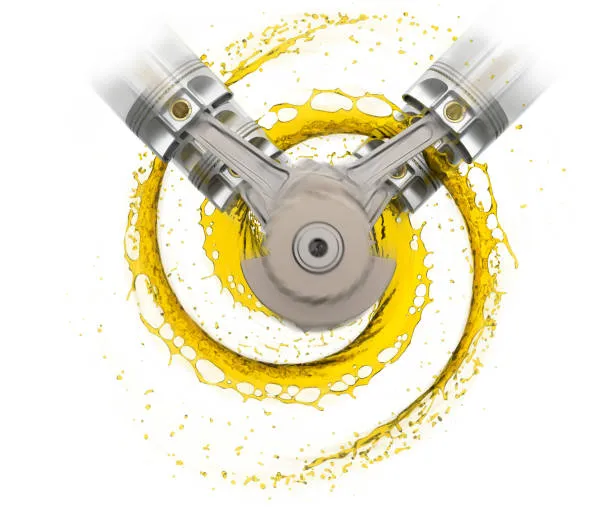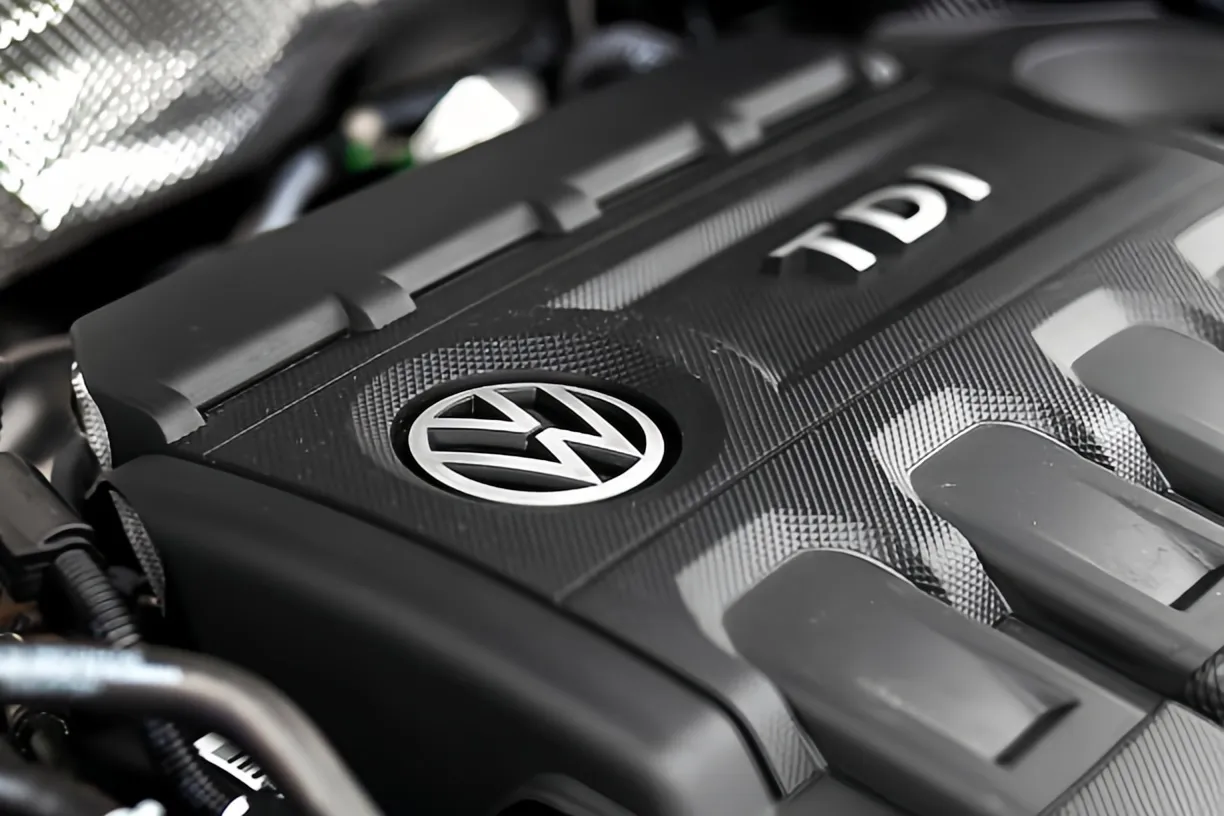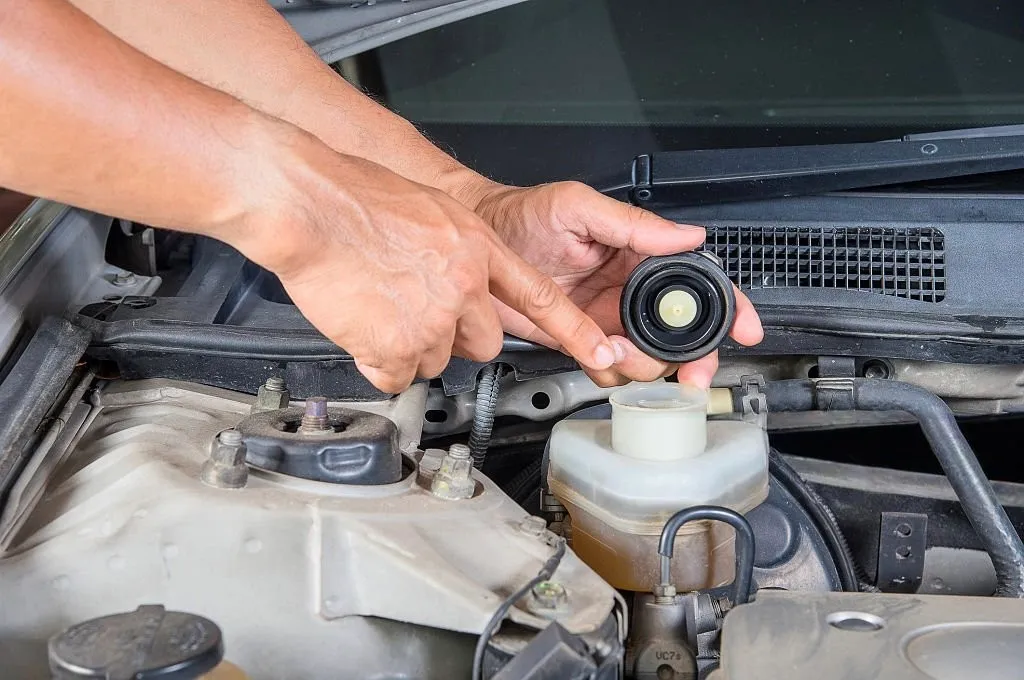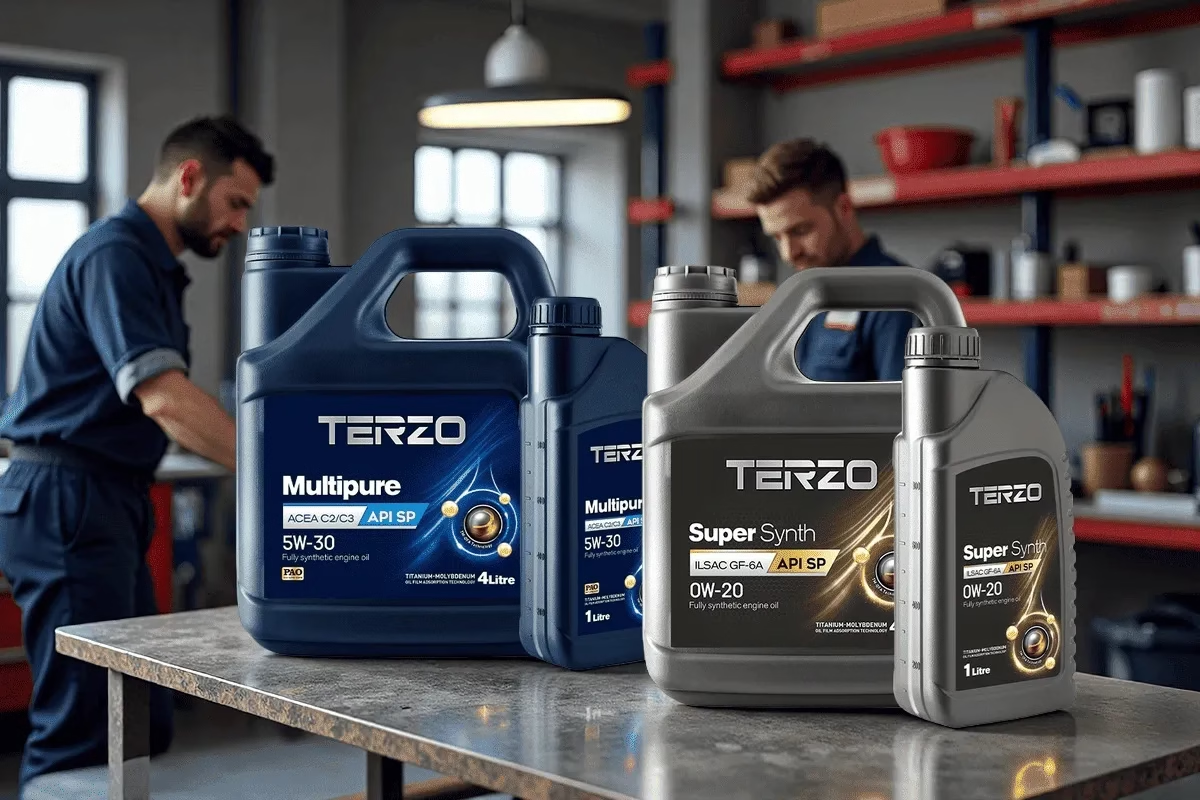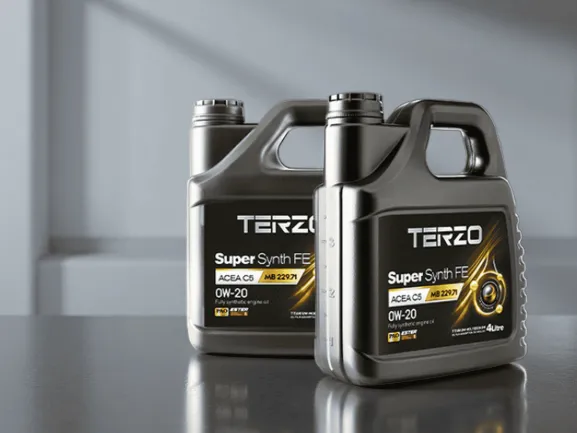In the automotive world, the difference between 0W20 and 0W30 engine oil often sparks confusion among car owners. These two oil types may seem like close relatives, but they serve distinct purposes and cater to specific engine requirements. Understanding what sets them apart is crucial for maintaining your vehicle’s health and performance.
Viscosity: The Key Player in Engine Oil
Viscosity, a term that throws many for a loop, is essentially the oil’s resistance to flow. 0W-20 oil is thinner, allowing it to glide through the engine like a whisper in the cold, ensuring quick lubrication during those frosty starts. On the flip side, 0W-30 oil has a slightly thicker consistency. It’s not as nimble in the cold, but once things heat up, it stands its ground, providing robust protection in engines that demand a bit more robustness. Picture it as the difference between a lightweight jacket and a heavy coat – one’s great for chilly mornings, and the other’s perfect for those unexpected afternoon freezes.

0W-20 vs 0W-30: When to Use Which
Your car’s manufacturer isn’t just throwing numbers around when they specify oil viscosity. Modern engines, especially those designed for fuel efficiency, thrive on 0W20 oil. The tight engine tolerances in these babies need the quick-start lubrication that 0W20 provides. But don’t just go swapping 0W-30 in there like it’s no big deal. Doing so can lead to increased friction and wear, like asking your engine to run a marathon in shoes two sizes too small. Conversely, some older or high-mileage engines might actually appreciate the thicker 0W-30 oil; it’s like giving an experienced athlete a bit of extra padding for support.
Can I Use 0W 30 Instead of 0W 20? The Risks Involved
Probably not a good idea. If your car’s manual screams “0W20 only,” there’s a reason behind it. Using 0W-30 instead can result in reduced fuel efficiency, as the engine has to work harder to pump the thicker oil. It’s like forcing a sprinter to wade through water – possible, but not ideal. Over time, this can lead to increased engine wear and even premature failure of certain components. The oil might not reach all the nooks and crannies quickly enough, leaving some parts high and dry.
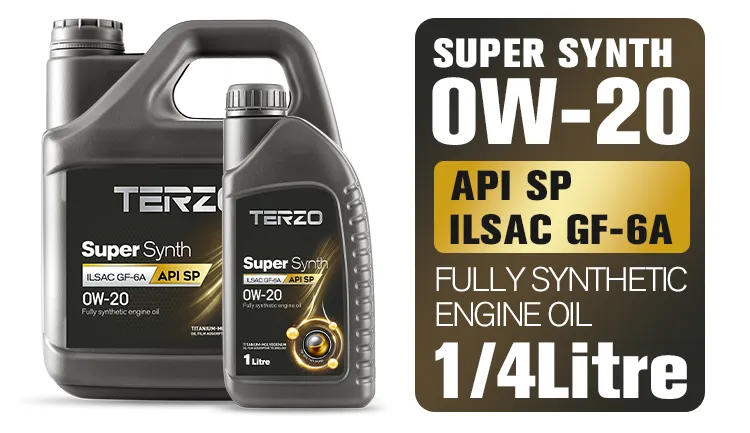
The Role of Synthetic Oil in the Mix - difference between 0w20 and 0w30
Synthetic oil has become a bit of a hero in the automotive world. 0W30 synthetic oil, for instance, offers enhanced thermal stability and protection against deposits. It’s like a Swiss Army knife for your engine – versatile and reliable. But here’s the kicker: even synthetic oil can’t bypass the fundamental viscosity requirements. If your engine needs 0W20, 0W-30 synthetic oil isn’t a magic potion that makes everything okay. It’s still thicker and may not provide the same level of cold-start protection.
Brake Oil Low: A Distinct Issue but Often Confused
Wait, what’s this about brake oil? Well, sometimes the “0W-30” label gets confused with brake fluid levels. If your dashboard shows a “brake oil low” warning, that’s a completely different beast. It’s not about engine oil viscosity but rather the brake fluid reservoir. Never try to top off brake fluid with engine oil – that’s like putting diesel in a gasoline engine. They serve entirely different purposes and mixing them up can lead to catastrophic brake failure.
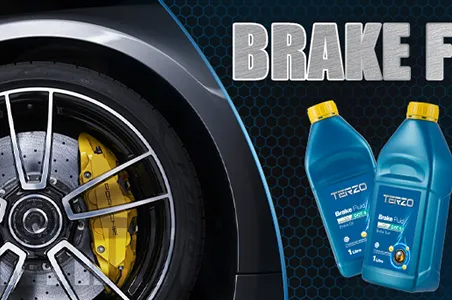
The Bottom Line: Making an Informed Choice
The choice between 0W20 et 0W-30 isn’t one to leave to chance. Check your owner’s manual – it’s not just a fancy booklet included with your car. It’s your engine’s personal guide to happiness. Ignore the recommended oil viscosity, and you’re rolling the dice on your engine’s performance and lifespan. Treat your engine right by giving it the oil it deserves, and it’ll return the favor with smooth rides and reliable performance.


